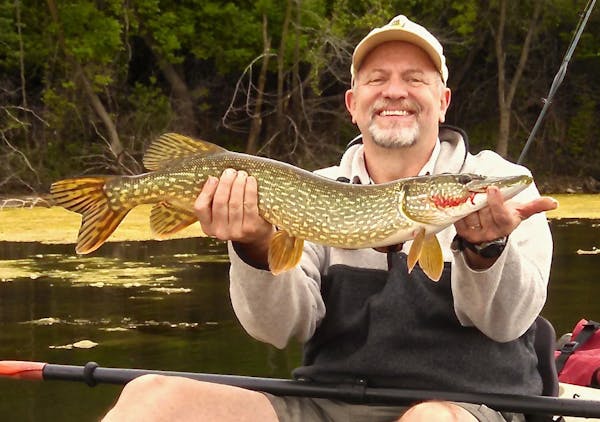Ethanol-blended gasoline is controversial politically and environmentally. But to boaters and small-engine owners, and perhaps to owners of other recreational vehicles such as snowmobiles, ethanol-blended fuel might also be dangerous — at least when blended at a level of 15 percent ethanol and 85 percent gasoline.
That's long been the opinion of marine motor manufacturers, as well as the National Marine Manufacturers Association (NMMA). While E10 (10 percent ethanol) fuels are the norm today, fuel known as E15 (15 percent ethanol) likely will become more widely available in the future.
This week, Mercury Marine objected to a recent announcement by the Environmental Protection Agency of its proposed annual Renewable Fuel Standard (RFS) mandates, which appears to set in motion a broader marketplace presence of E15.
"Providing consumers with an option to use E15 in their marine engines is harmful and poses a safety hazard," said Lee Gordon of Mercury Marine. "We will continue to remind our customers that safety should be the number one priority out on the water, and giving boaters the option of using E15 without properly educating them on the safety hazards is irresponsible. We applaud the NMMA and others who continue to fight against the expansion and promotion of E15."
Yamaha also says E15 can damage its engines, and in fact tells owners to avoid E10 blends as well, if possible.
The problem, Yamaha and other marine manufacturers say, is that boat engines operate in moist environments, and use of ethanol-blended fuels raises the possibility of "phase separation" of fuel, in which the bond between ethanol and gasoline molecules weakens and ethanol molecules instead attach to water molecules, according to Yamaha.
When this occurs, Yamaha says, a water and ethanol blend forms on the bottom of a boat's fuel tank, a problem compounded because boat-motor fuel is drawn from the tank bottom. Engines can fail to run on this blend. Also, the octane level of the remaining gasoline might fall below an engine's requirements.
Best idea? If possible, use nonoxygenated (ethanol free) gas in your boat motor. Unfortunately, stations carrying this fuel aren't widespread, and can require advance planning to find. Various websites pinpoint locations of these stations. One is www.pure-gas.org.
Dennis Anderson • danderson@startribune.com

Anderson: Celebrate Earth Day by rekindling real connection to nature
Anderson: Anglers protesting tough new Mille Lacs rules are wrong

Anderson: Courts, not politicians, should rule on Red Lake, White Earth lands

Anderson: Multimillion windfall gets invasive carp deterrent moving
![A young whitetail deer searches for food as another blanket of snow coats the arrowhead. ] Minnesota -State of Wonders, Arrowhead in Winter BRIAN PETE](https://arc.stimg.co/startribunemedia/WK32UWWY6FKNWJUIYCJ6ZPT4AU.jpg?h=91&w=145&fit=crop&bg=999&crop=faces)

